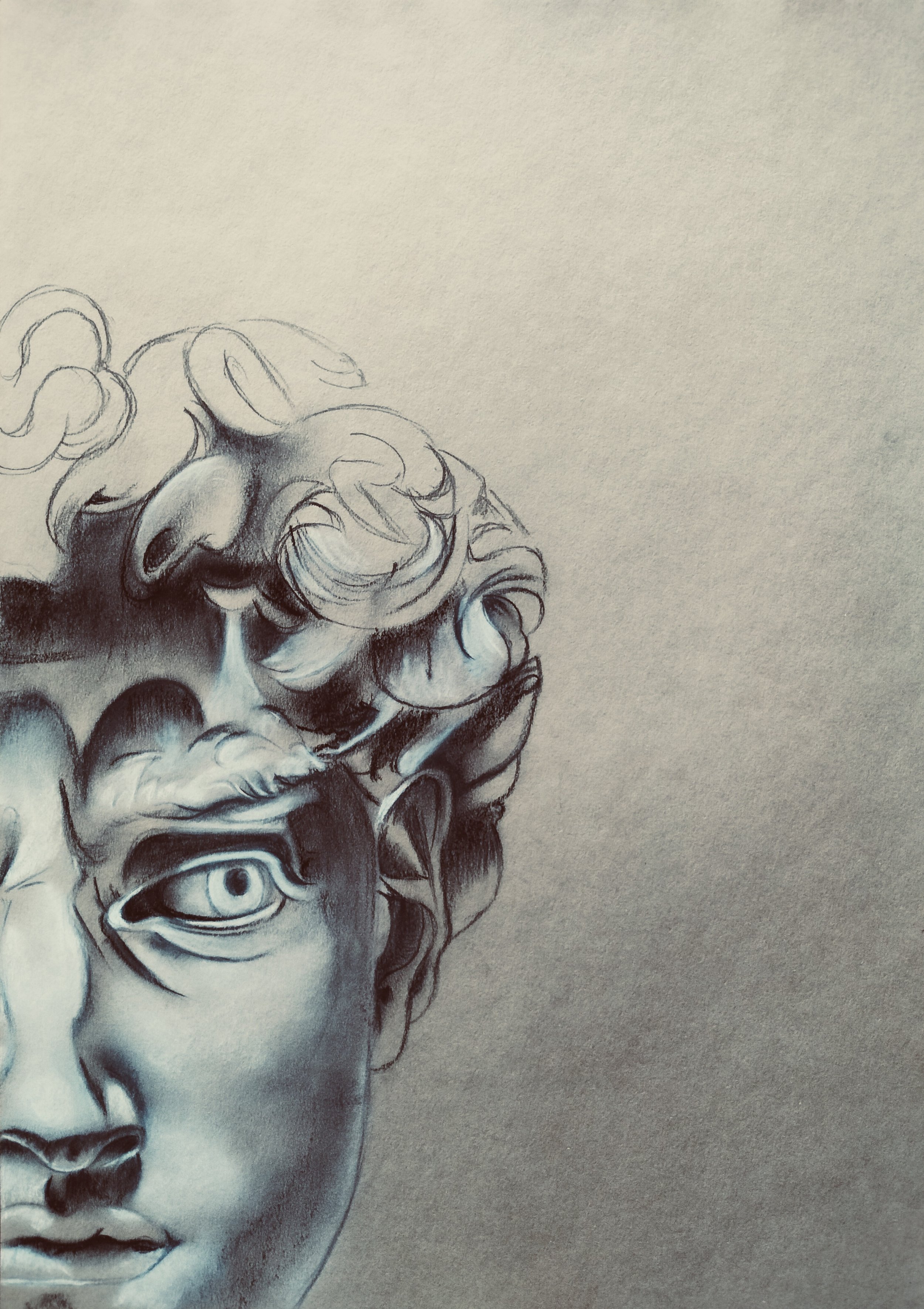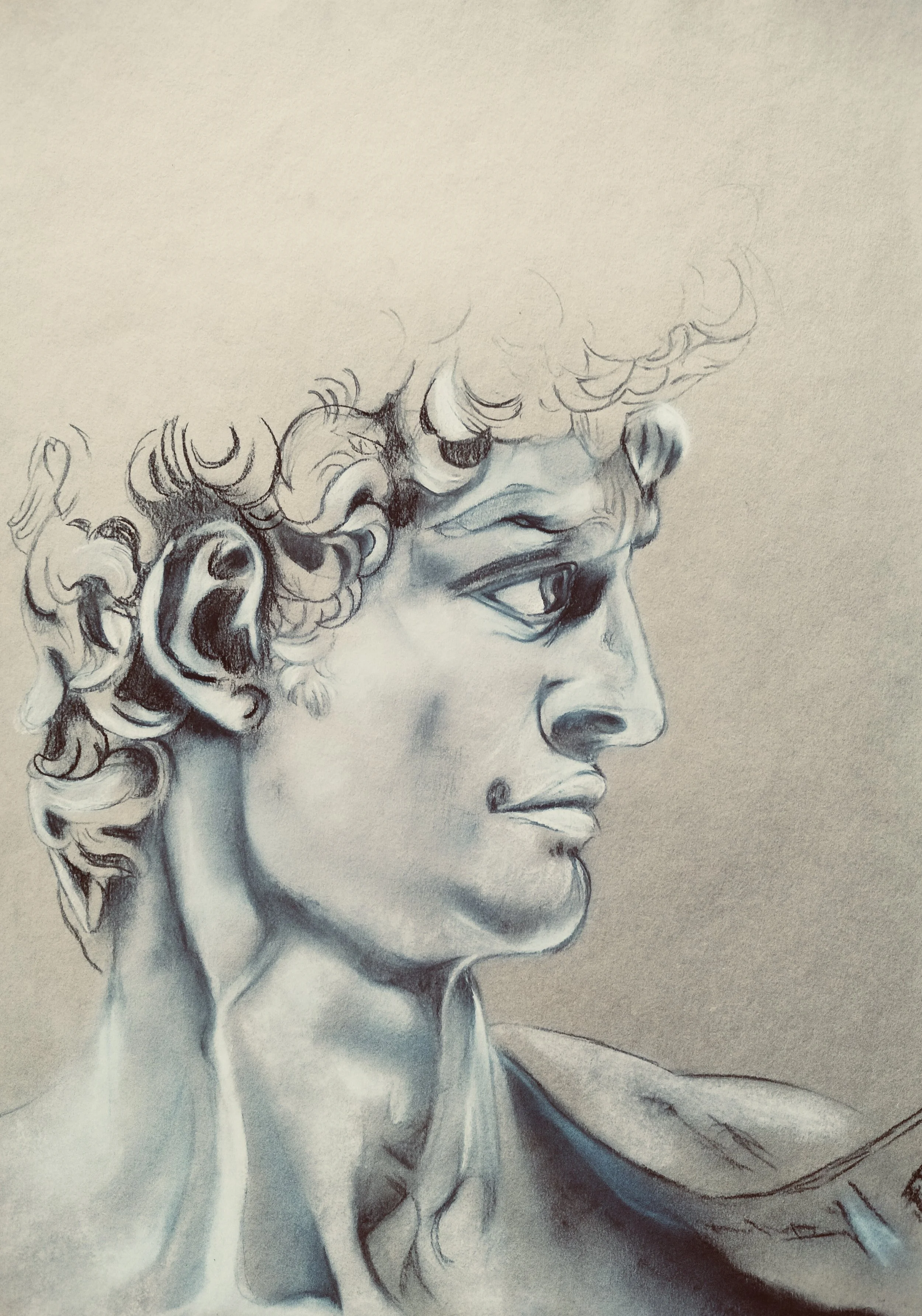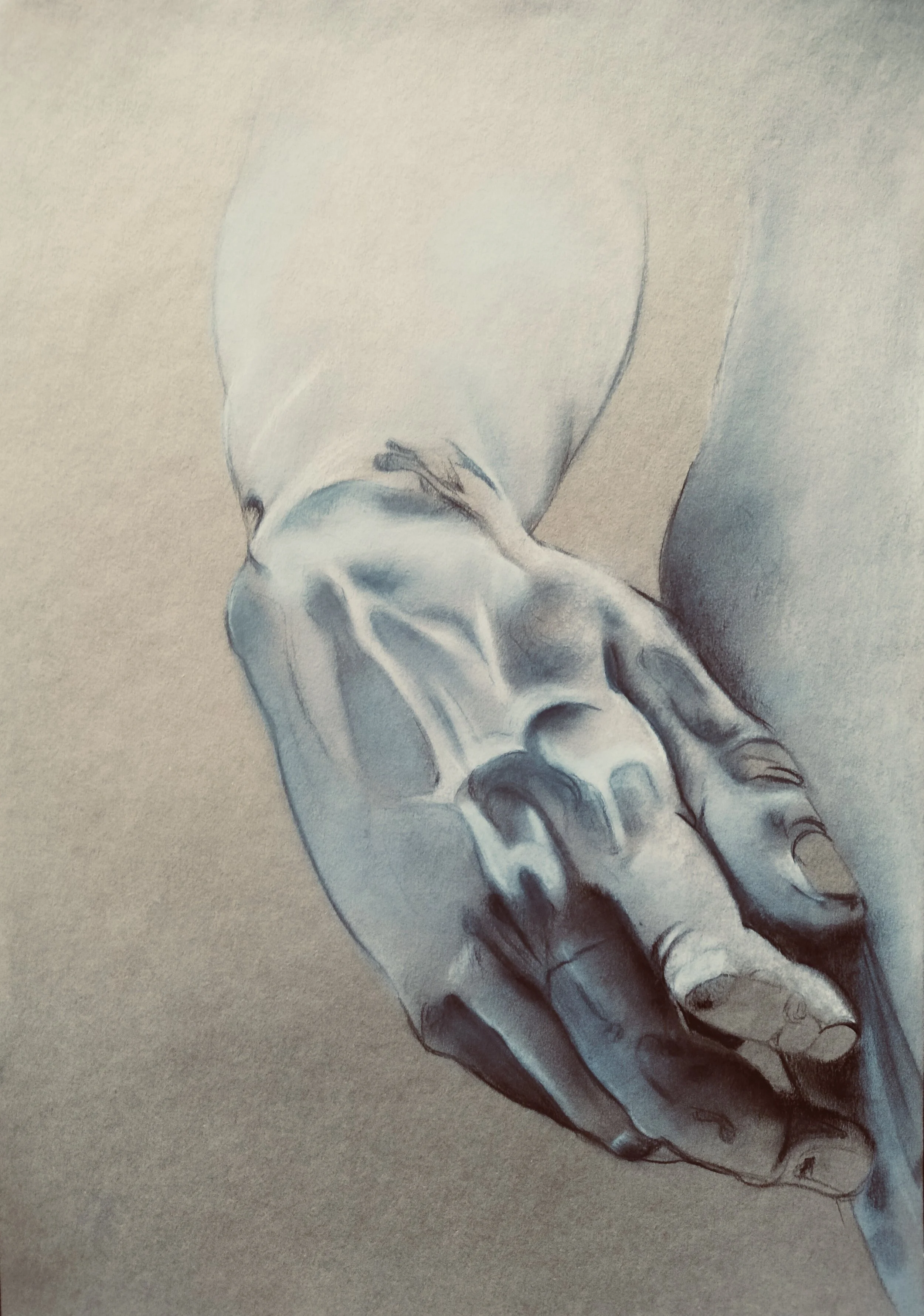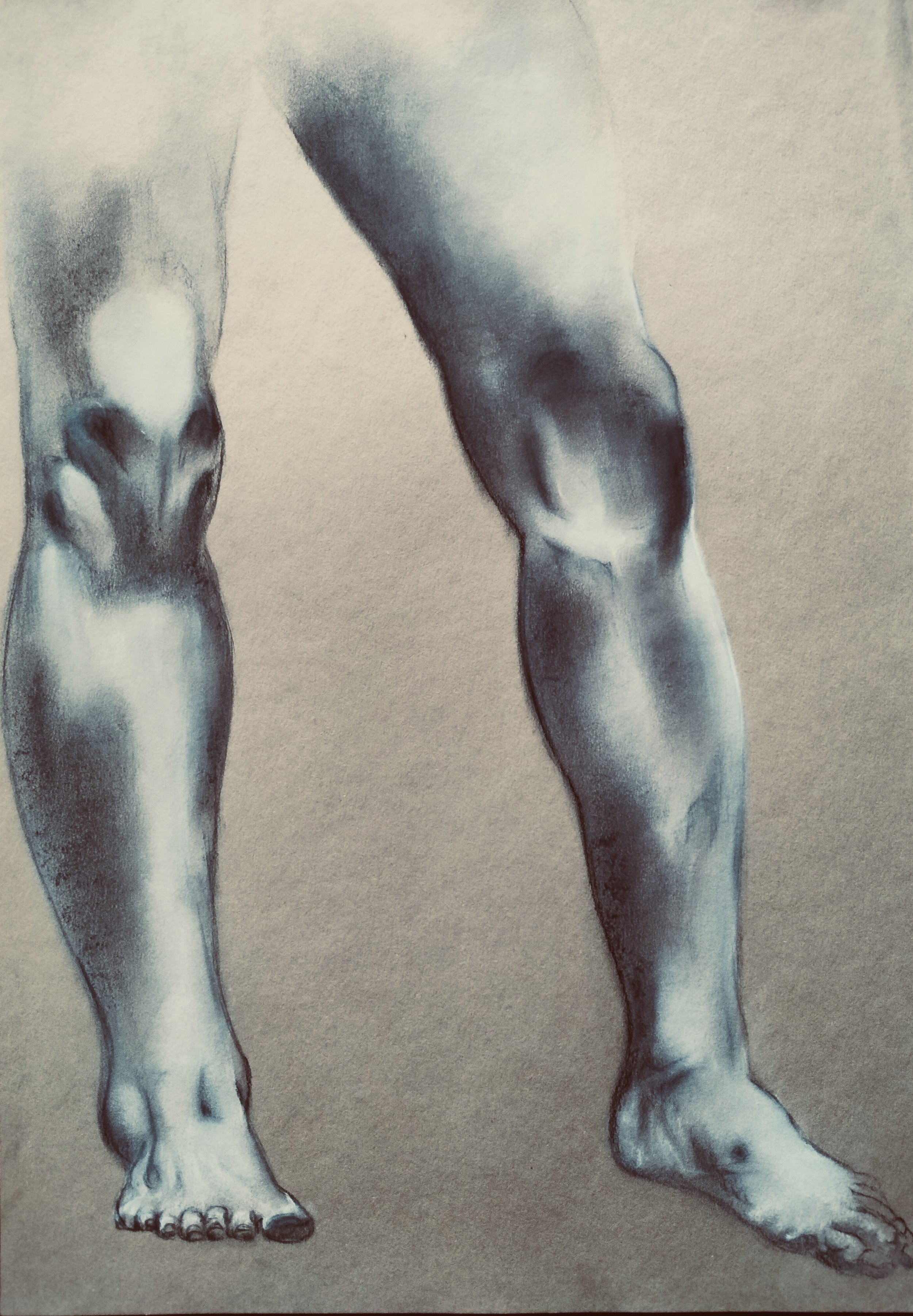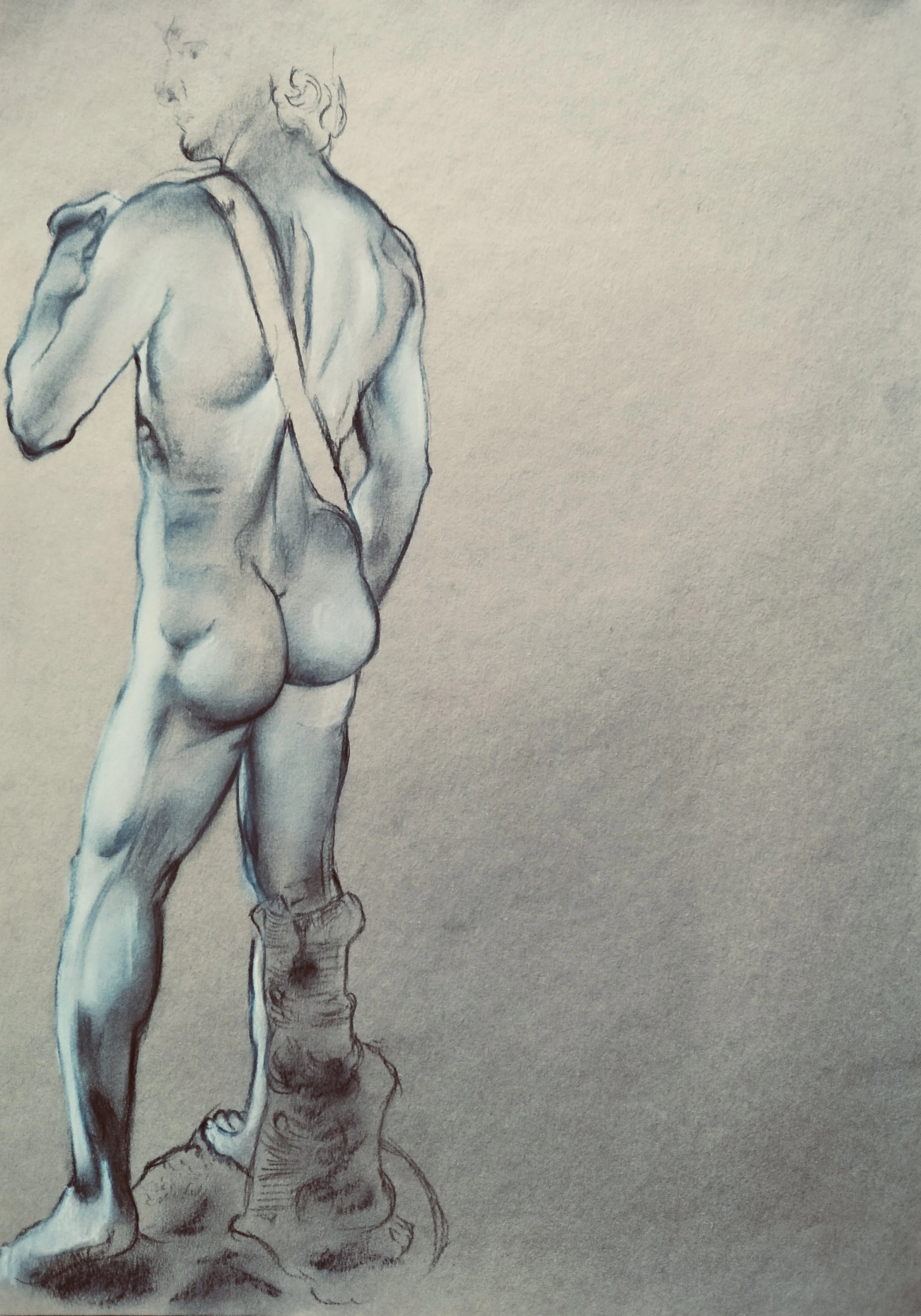
High Potentials deliver Growth
David and Goliath
The David, Michelangelo’s masterpiece, was the first colossal marble statue made in the early modern period. The biblical figure David, a favoured subject, became embodied in this statue and came to symbolise the defence of civil liberties. And with it Michelangelo’s creative abilities and mastery ensured that his work defined him as the archetypal Renaissance man. Yet, 500 years ago, Florence, the Italian city-state and the explosion of great art and brilliant ideas, the likes of which the world has not seen before or since, are the two factors that cannot be separated from Michelangelo. And that’s because it’s the meeting of talent and potential, patronage and mentors, competition and disastrous events and the synthesis of ideas that give birth to geniuses, who go on to sculpt the Davids.
The common wisdom that small start-ups and big companies are locked in a battle for supremacy has been wrong in the past and is still wrong. Large corporations and start-ups are not mutually exclusive organizational forms. Rather, they exist symbiotically, each requiring and drawing on the unique capacities of the other, while honoring broad environmental, social and economic concerns. While it is easy to point to examples of upstarts attacking incumbents, such as Compaq taking on IBM and Amazon targeting Barnes & Noble, however such battles are exceptions to the rule. Most start-ups pursue small, low-cost, and highly uncertain opportunities, while giants take calculated risks on large-scale initiatives. David and Goliath do not wage battle; they rely on each other. Economies thrive on diversity. The hegemony of any one organizational model is dangerous for our society.
Client
Our client was the CEO of the Indian business of an American multinational. Globally, the company had been shown remarkable growth, even as their Indian operations incurred losses and struggled. To continue their growth trajectory, they had decided to shift their strategy and undergo a major restructure that would transform their operation model and demand focusing on fewer geographies.
Keeping in mind this shift, the CEO was keen to develop his high potential talent’s mindset and capabilities as he saw them central to the transformation globally. Underlying this wish was harnessing of the vitalizing effects of the founder’s mentality - that is, leveraging entrepreneurial approaches that great founding management teams poured into building their business.
